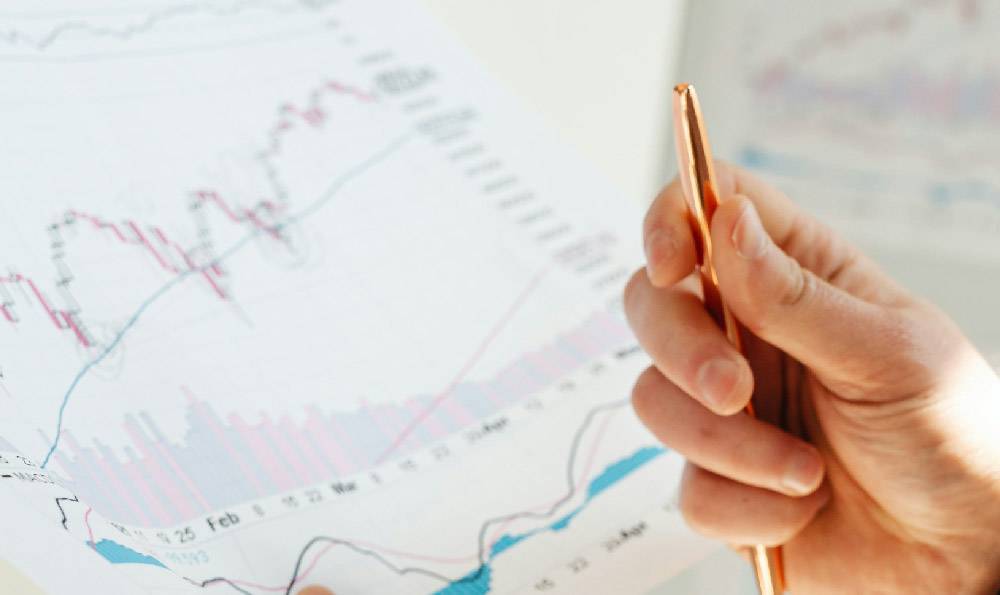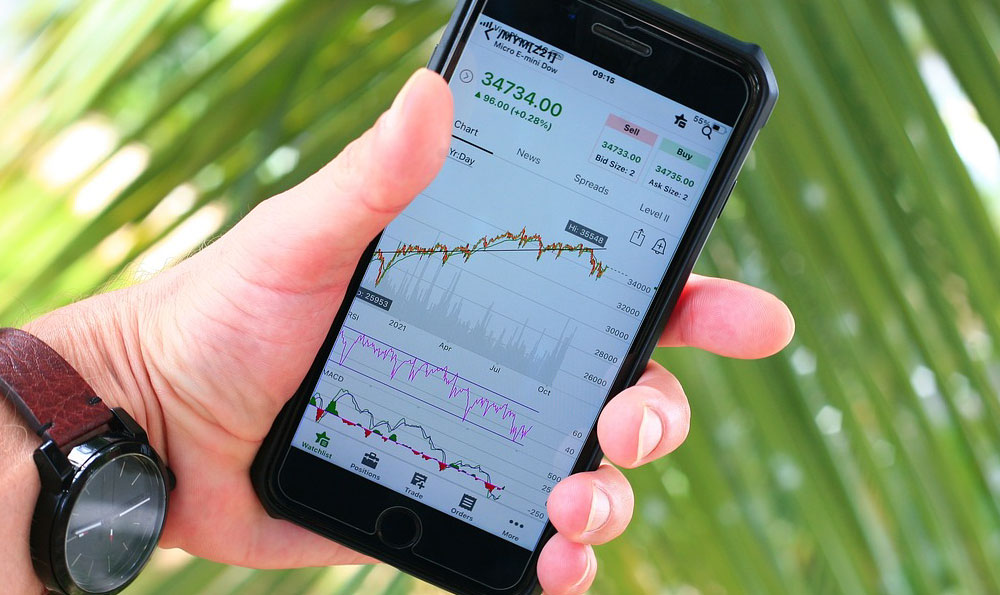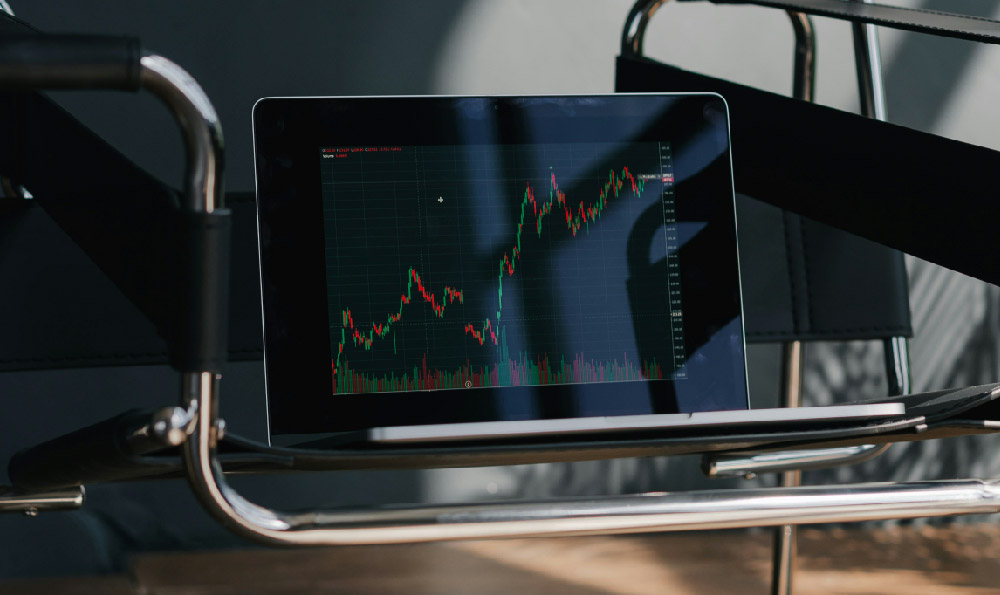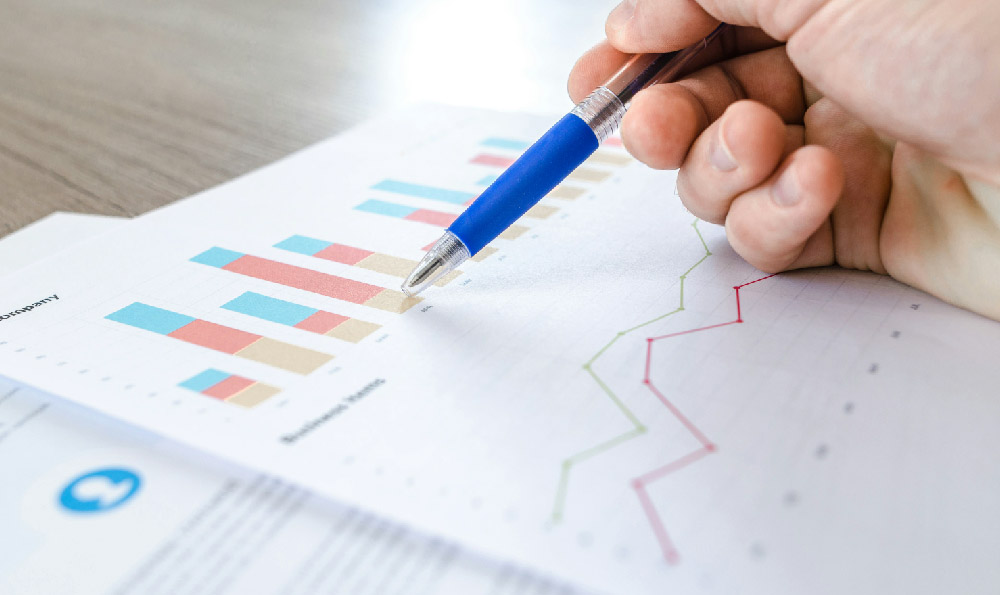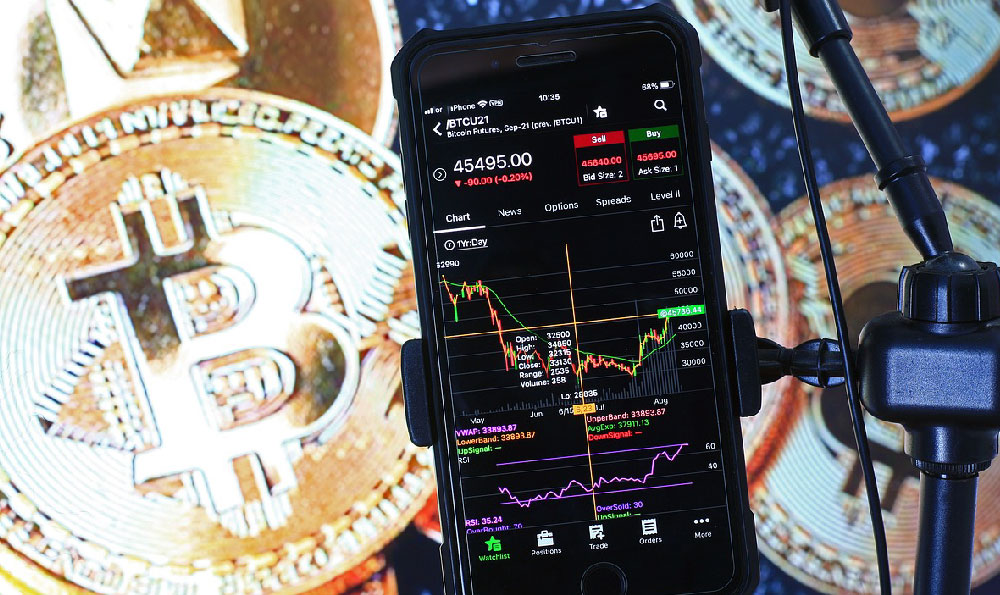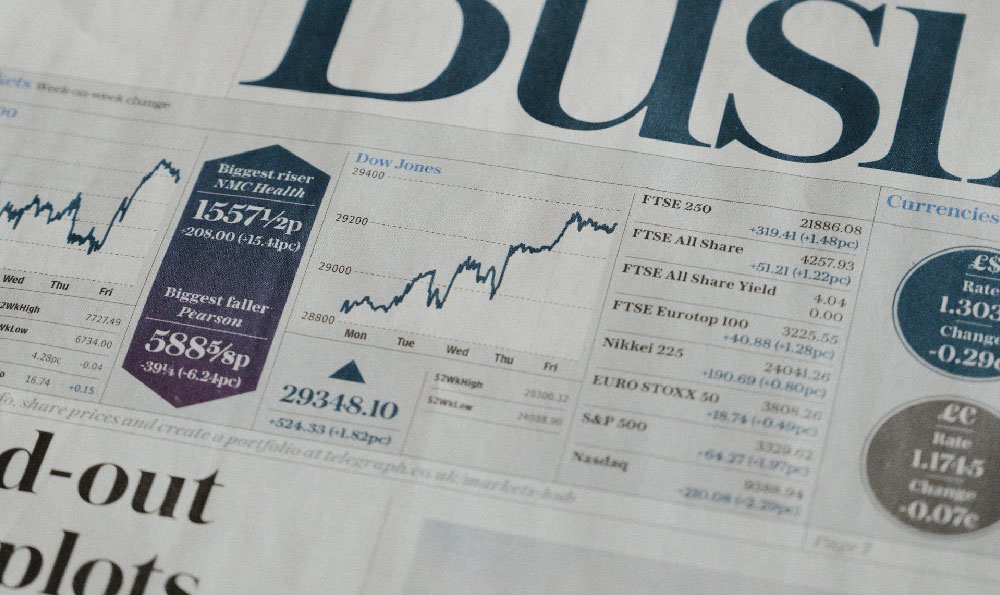Copper, often referred to as "Dr. Copper" due to its perceived ability to predict economic trends, is a critical industrial metal used extensively in construction, manufacturing, and electronics. Its price is highly sensitive to global economic activity, making it an attractive investment for those seeking to capitalize on macroeconomic trends. While investing directly in physical copper can be logistically challenging, Copper Exchange Traded Funds (ETFs) offer a convenient and liquid way to gain exposure to this commodity. Understanding how Copper ETFs work and their associated risks and rewards is crucial before incorporating them into your investment portfolio.
Copper ETFs are investment funds that aim to track the price performance of copper. They typically do this in one of two ways: by physically holding copper inventories or by investing in copper futures contracts. ETFs that physically hold copper directly purchase and store refined copper in warehouses. The fund's share price then reflects the market value of the copper it holds, minus any storage and management fees. These ETFs offer more direct exposure to the spot price of copper and are generally preferred by investors who believe in the long-term value of the commodity. However, managing physical copper inventories involves significant costs, including storage, insurance, and security, which can erode returns over time. Furthermore, tracking error, the difference between the ETF's performance and the actual spot price of copper, can occur due to these operational costs.
The other, and more common, type of Copper ETF invests in copper futures contracts. A futures contract is an agreement to buy or sell a specific quantity of copper at a predetermined price on a future date. These ETFs do not actually own physical copper; instead, they hold a portfolio of futures contracts with various expiration dates. As contracts near expiration, the fund must "roll over" its position by selling the expiring contract and purchasing a new contract with a later expiration date. This rolling process can impact the fund's performance due to a phenomenon known as "contango" and "backwardation."
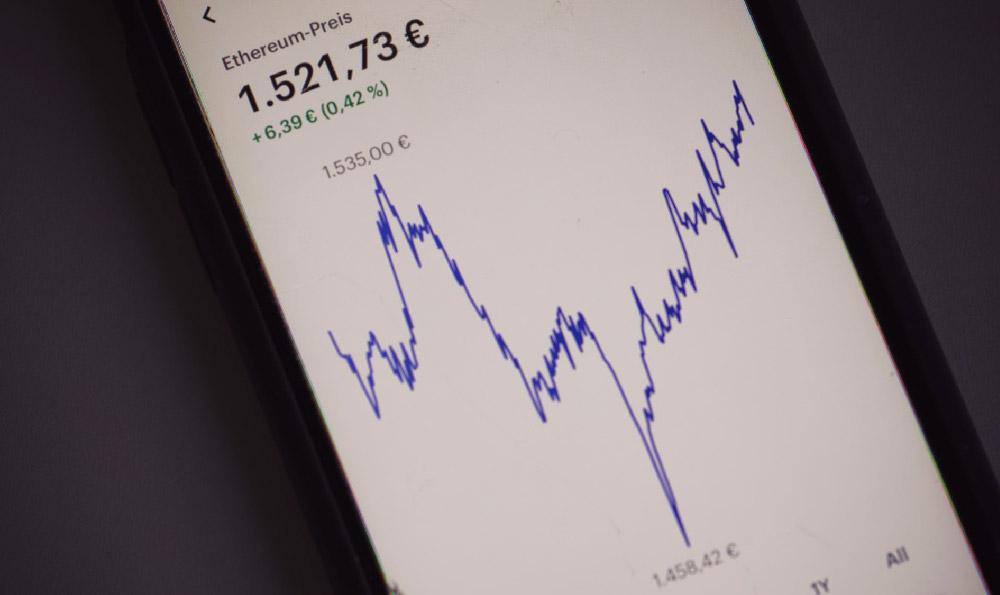
Contango occurs when the price of futures contracts is higher than the current spot price of copper. In this scenario, the ETF must sell its expiring contracts at a lower price and buy new contracts at a higher price, resulting in a loss. This loss is often referred to as "roll yield." Conversely, backwardation occurs when the price of futures contracts is lower than the current spot price. In this situation, the ETF benefits from selling its expiring contracts at a higher price and buying new contracts at a lower price, generating a positive roll yield. The impact of contango and backwardation can significantly influence the long-term returns of Copper ETFs that invest in futures contracts. Therefore, understanding the prevailing market conditions and the fund's roll strategy is essential.
Investing in Copper ETFs offers several potential benefits. Firstly, it provides diversification to your portfolio. Copper's price movements are often uncorrelated with traditional assets like stocks and bonds, meaning it can act as a hedge against market volatility and inflation. Secondly, it allows investors to profit from the rising demand for copper driven by economic growth, particularly in emerging markets with expanding infrastructure. China, for example, is a major consumer of copper, and its economic activity significantly impacts global copper prices. Thirdly, it offers a liquid and accessible way to invest in copper without the complexities of buying, storing, and insuring physical metal. You can easily buy and sell Copper ETF shares through your brokerage account, providing flexibility and convenience.
However, investing in Copper ETFs also carries several risks. One major risk is price volatility. Copper prices are subject to significant fluctuations due to factors such as economic slowdowns, supply disruptions, and geopolitical events. These fluctuations can lead to substantial losses in your investment. Secondly, as previously mentioned, ETFs that invest in futures contracts are exposed to contango and backwardation, which can negatively impact returns. Thirdly, management fees and expenses associated with Copper ETFs can erode your profits, particularly over the long term. It's crucial to carefully examine the fund's expense ratio and other fees before investing. Fourthly, changes in government regulations or trade policies can also affect copper prices and ETF performance.
Before investing in Copper ETFs, consider your investment objectives, risk tolerance, and time horizon. Are you seeking short-term gains or long-term capital appreciation? Can you tolerate the potential for significant price swings? A good starting point is to research different Copper ETFs, comparing their investment strategies (physical vs. futures), expense ratios, tracking error, and historical performance. Pay close attention to the fund's fact sheet and prospectus, which provide detailed information about its holdings and investment policies.
Consider the broader macroeconomic environment and the outlook for copper demand. Are global economic growth prospects strong? Are there any potential supply disruptions or geopolitical risks that could impact copper prices? You should also be aware of the potential for currency fluctuations, as copper is typically priced in US dollars. A strengthening US dollar can make copper more expensive for buyers in other countries, potentially dampening demand.
Finally, consider using Copper ETFs as part of a diversified investment strategy. Don't put all your eggs in one basket. Allocate a portion of your portfolio to copper ETFs alongside other asset classes such as stocks, bonds, and real estate. This diversification can help mitigate risk and improve your overall portfolio returns.
In conclusion, Copper ETFs offer a convenient way to gain exposure to the copper market and potentially benefit from its price fluctuations. However, they also come with inherent risks, including price volatility, contango and backwardation, and management fees. By understanding how Copper ETFs work, carefully assessing your risk tolerance and investment objectives, and diversifying your portfolio, you can make informed investment decisions and potentially achieve your financial goals. Thorough research and a long-term perspective are crucial for success in copper ETF investing. Consulting a financial advisor can provide personalized guidance tailored to your specific circumstances.


